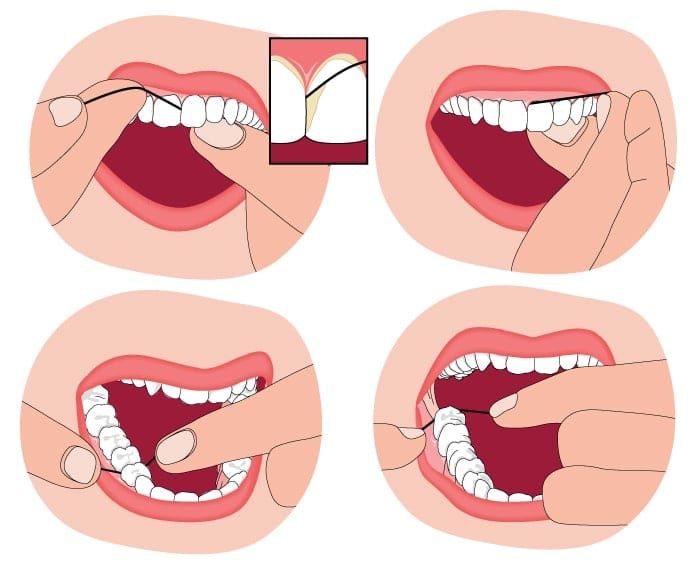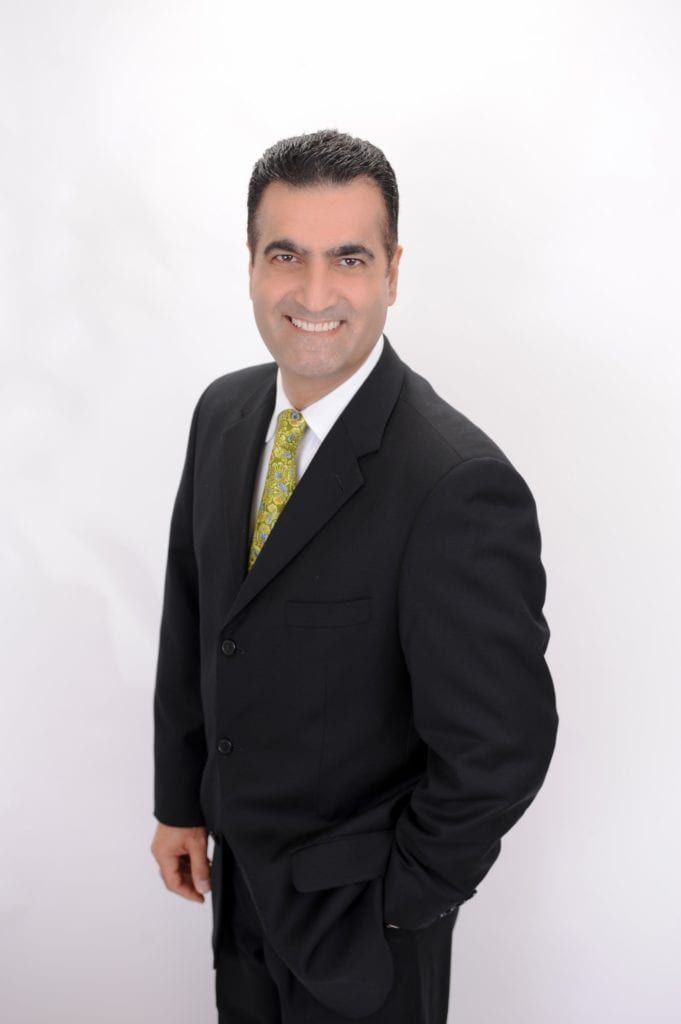Dental hygiene is beneficial for everyone. Whether you’re trying to maintain a newly restored smile or are simply trying to prevent extra visits to the dentist, dental hygiene practices can help you. This raises the question, what is the best dental hygiene routine? In short, the best dental hygiene routine is one that uses the correct steps and techniques. Have you been using the right technique or is it time for a refresher course? Read on to find out!
Brushing
The first step to any daily dental routine is, of course, brushing your teeth. Since most people have been brushing their teeth everyday for years, they often don’t question their technique. While imperfect daily brushing is overall beneficial, there are far more benefits from using the recommended brushing technique.
For starters, it is important to use the correct tools for the job. Not all toothbrushes and toothpastes are created equal. The ideal toothbrush will be long enough to reach the back of your mouth and have soft bristles. Contrary to popular belief, harder bristles will not make your teeth any cleaner. Instead, regularly brushing with a hard-bristled brush can cause gum recession and worn enamel. Once you have found an ideal toothbrush, you will also need to remember to replace it every 3-4 months or after being sick. This is important to keep excess bacteria out of your mouth. Finally, you’ll need fluoridated toothpaste that has the American Dental Association (ADA) seal of approval.
Once you have the correct tools, it is all about mastering the proper technique. According to the ADA, the proper brushing technique consists of placing your toothbrush at a 45 degree angle to the gums and using short, tooth-length strokes. To brush behind the front teeth, you will rotate the brush so that it is vertical, then use the up and down strokes. Each quadrant of your mouth should be brushed for 30 seconds, which means it should take two minutes to brush with the proper technique. You should brush your teeth at least twice a day, once in the morning and once before bed. However, additional brushing is recommended after consuming sugary or highly-pigmented foods or beverages. For more information, see the ADA’s article on “Teeth Brushing”.
Flossing
In addition to brushing twice daily, you will also need to floss once a day. Again, you will want to make sure you are using the correct materials. Many people don’t realize that there are five different types of dental floss. The best dental floss is the one that works for your dental needs. Here are the five types of dental floss:
- Unwaxed floss uses multiple nylon strings twisted into a single strand. Works well for tight spaces, but can easily shred or break.
- Waxed floss is composed of the same nylon strings twisted into a single strand, however with the addition of a wax coating. This coating makes the floss stronger, but may also make it harder to fit in tight spaces.
- Dental tape can be waxed or unwaxed and resembles an ultra-thin ribbon. It is commonly used by people who have space between their teeth.
- Polytetrafluorethylene floss (PTFE) is made from a textile material. This type of floss is strong and easily moves between the teeth.
- Super flosses are thicker and stiffer than traditional floss. This yarn-like floss is most commonly used for those with braces or bridges.

Once you have determined the best dental floss for your individual needs, the next step is to make sure you are using the proper technique. First, break off about 18 inches of floss and wind the excess around your middle fingers. Then use your thumbs and forefingers to gently guide and rub the floss between your teeth, taking special care not to snap the floss against the gum tissue. After the floss touches the gums, wrap it around the tooth in a C shape to completely clean the tooth. Finally, discard the floss after use to prevent the spread of bacteria. For more information, see the ADA’s article on “Flossing”.
Want to learn more about oral hygiene? See “Oral Hygiene, Home Care, and Professional Care”.

Dr. Sadati possesses extensive experience in all aspects of advanced restorative dentistry, with an emphasis in cosmetic and implant dentistry. He has attained Accredited Fellow status in the American Academy of Cosmetic Dentistry (AACD), the most rigorous, demanding credentialing process in the world. He is the only AACD Accredited Fellow in South Florida.

